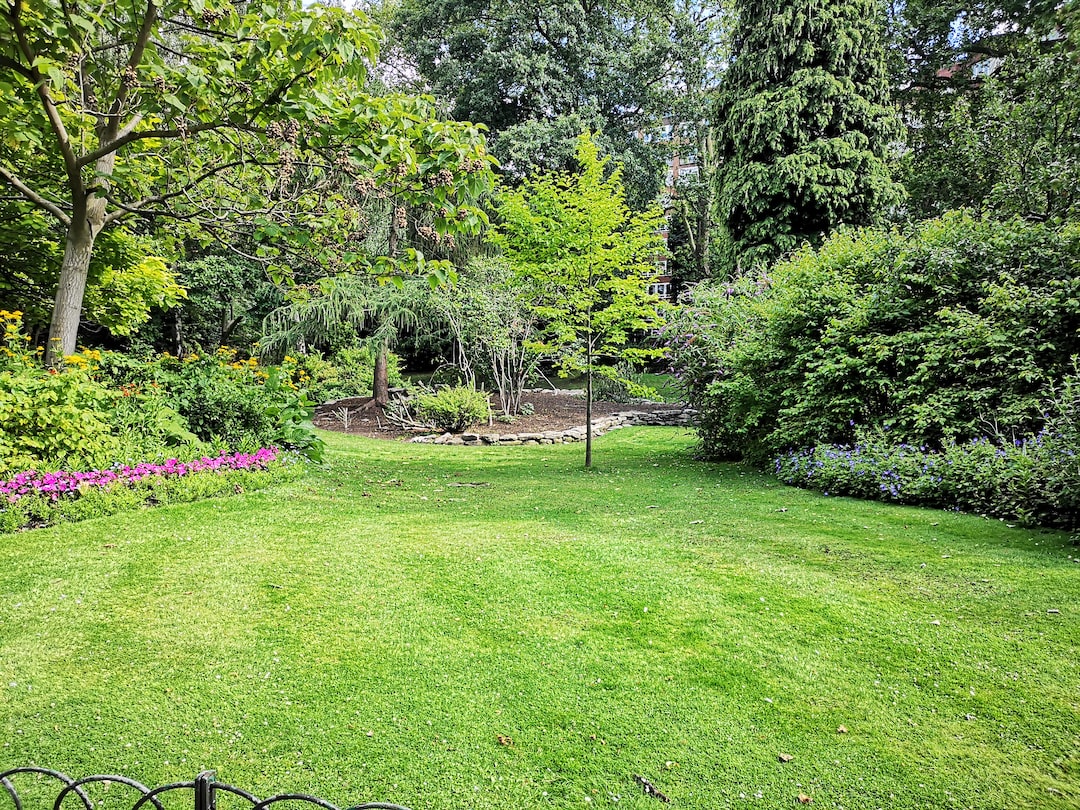Tips for Successful Container Gardening
Container gardening is an excellent way to experience the joys of gardening, especially if you have limited outdoor space or live in an urban area. Whether you have a small balcony, a rooftop, or just a corner in your backyard, container gardening allows you to grow a variety of plants, herbs, and vegetables. However, like any form of gardening, it requires planning and proper care to ensure successful growth and bountiful harvests. Here are some essential tips for successful container gardening:
1. Choose the right container: When selecting containers for your plants, consider both functionality and aesthetics. Ensure that the pot has drainage holes to prevent waterlogging and rotting of plant roots. Choose containers made of materials like terracotta or ceramic that are breathable and help regulate moisture levels. Also, select containers of appropriate size, keeping in mind the plants’ needs and their growth potential.
2. Select the right soil: The soil you use for container gardening is crucial for the plants’ health and growth. Regular garden soil is not suitable for containers, as it tends to be heavy and can hinder drainage. Instead, opt for a high-quality potting mix that is lightweight, well-draining, and contains organic matter to provide essential nutrients to the plants. Such mixes ensure optimal root growth and prevent waterlogged conditions.
3. Consider sunlight and temperature requirements: Before placing your containers, assess the sunlight requirements of the plants you intend to grow. Some plants thrive in full sun, while others prefer partial shade. Observe the sunlight patterns in your outdoor space and position your containers accordingly. Also, be mindful of the temperature range your plants can tolerate. Some plants are hardy and can survive in colder climates, while others need warmer conditions to flourish.
4. Mind watering needs: Container plants have unique watering requirements compared to plants in the ground. The limited soil volume in a container means that water can quickly drain out, leading to frequent watering needs. Regularly check the moisture level of the soil by sticking your finger about an inch deep. If it feels dry, it’s time to water. However, be cautious not to overwater, as it can drown the roots. Aim for consistent moisture levels and avoid letting the soil dry out completely.
5. Fertilize regularly: Container plants rely on you for their nutrients, as they have limited access to surrounding soil. Use a slow-release organic fertilizer or water-soluble fertilizer to provide the necessary nutrients. Follow the recommended dosage and frequency mentioned on the fertilizer packaging to avoid over- or under-fertilizing. Regularly feeding your plants will promote healthy growth and abundant blooms or crops.
6. Practice proper spacing: Overcrowding your containers can hinder the plants’ growth and impact their overall health. Research the recommended spacing requirements for the plants you wish to grow and ensure they have sufficient room to spread their roots and branches. Proper spacing allows for better air circulation and prevents diseases and pests from taking hold.
7. Regularly inspect for pests and diseases: Container plants are not immune to pests and diseases, so it’s crucial to regularly inspect them for any signs of trouble. Common pests like aphids, spider mites, or snails can be removed manually or treated with organic insecticides. Diseases such as powdery mildew or leaf spots can be prevented by ensuring good air circulation around the plants and avoiding overwatering.
8. Prune and deadhead regularly: Pruning and deadheading are essential practices to maintain the health and appearance of container plants. Regularly trim off dead or withered leaves, flowers, and stems to promote new growth. Pruning also helps manage the size and shape of your plants, preventing them from becoming too leggy or overcrowded.
Container gardening can be a rewarding and enjoyable experience, allowing you to bring a touch of nature to any space. By following these tips, you’ll set yourself up for success and create a thriving garden in your containers. Remember, good planning, proper care, and regular attention are the keys to successful container gardening. Happy planting!

